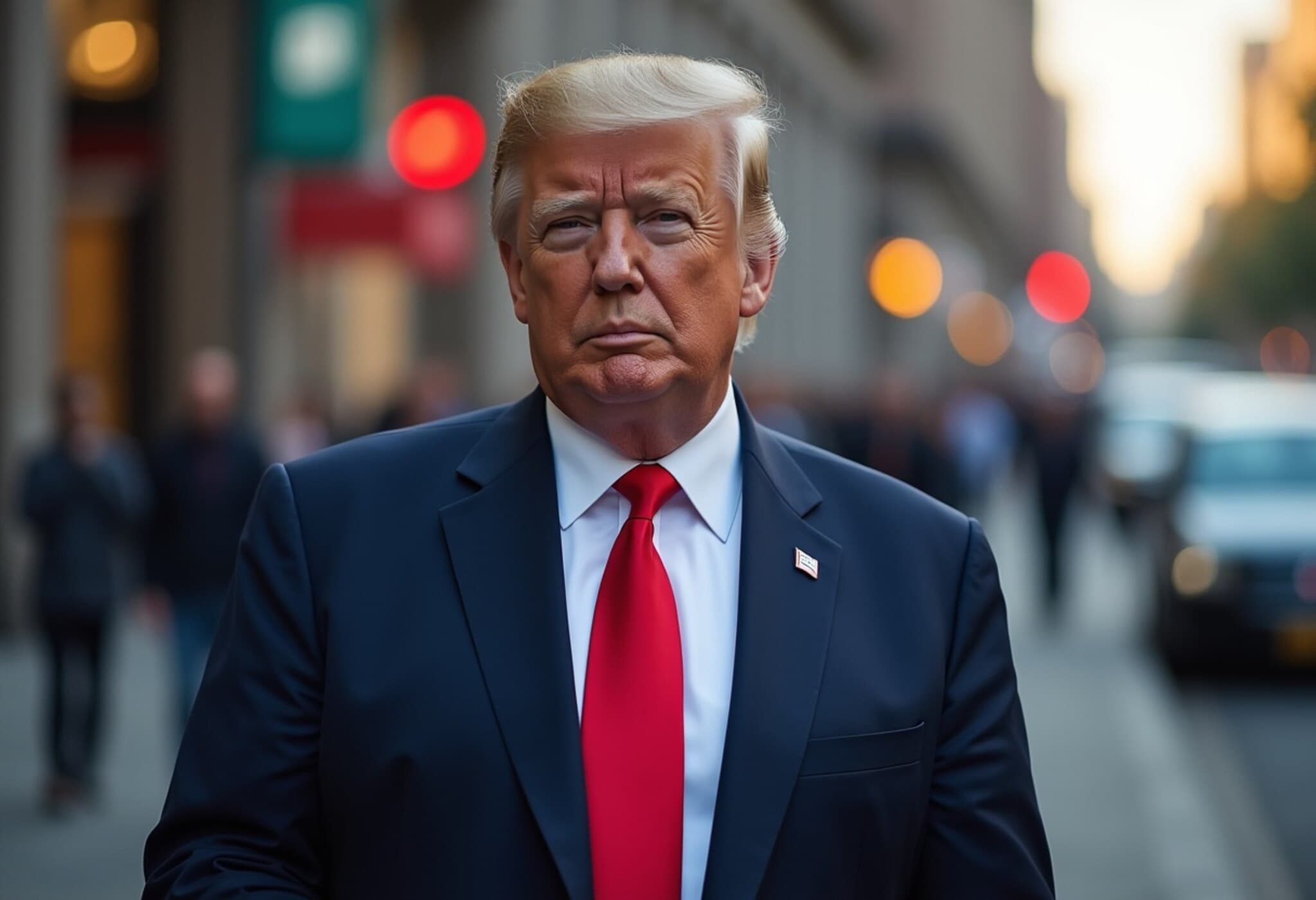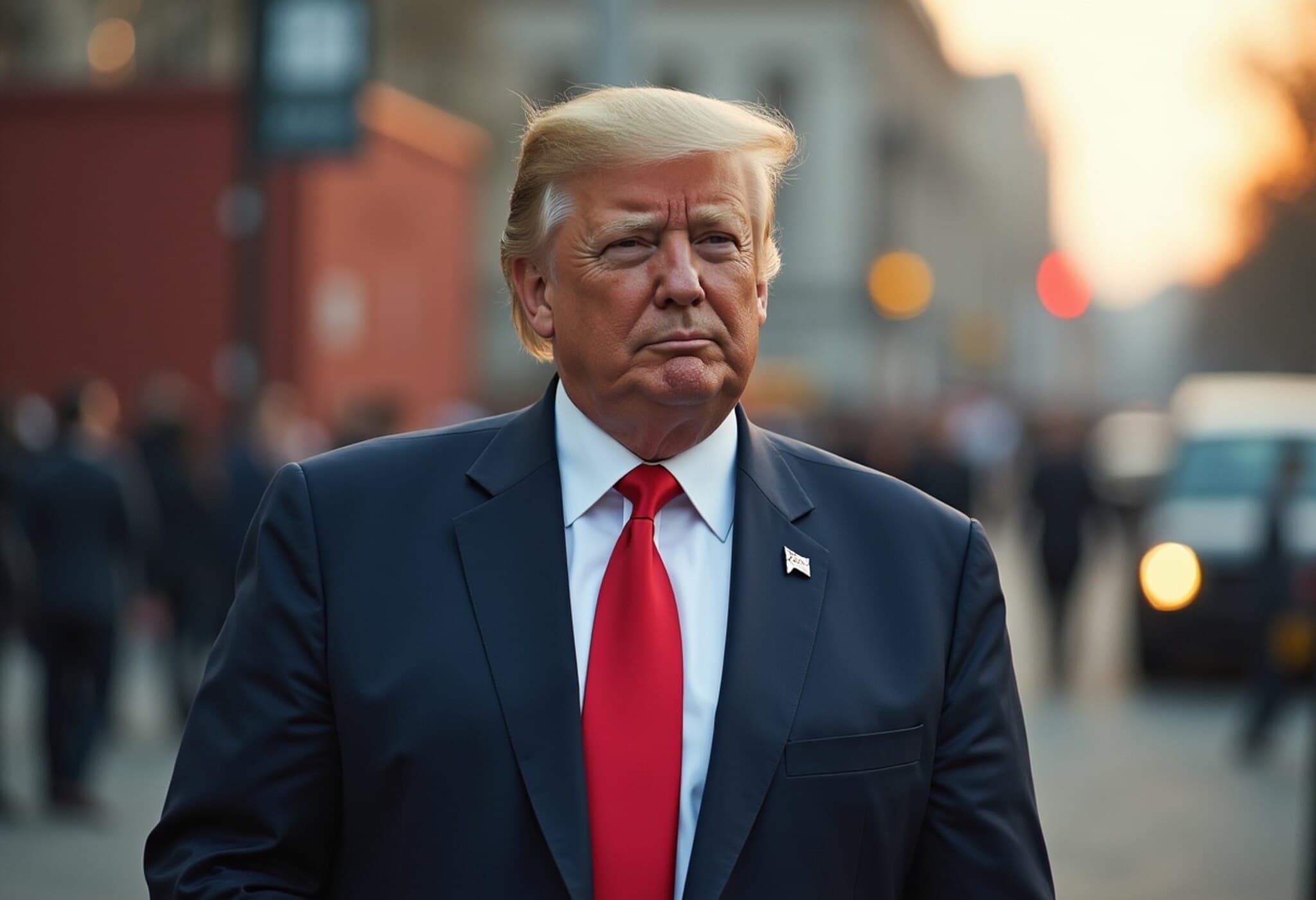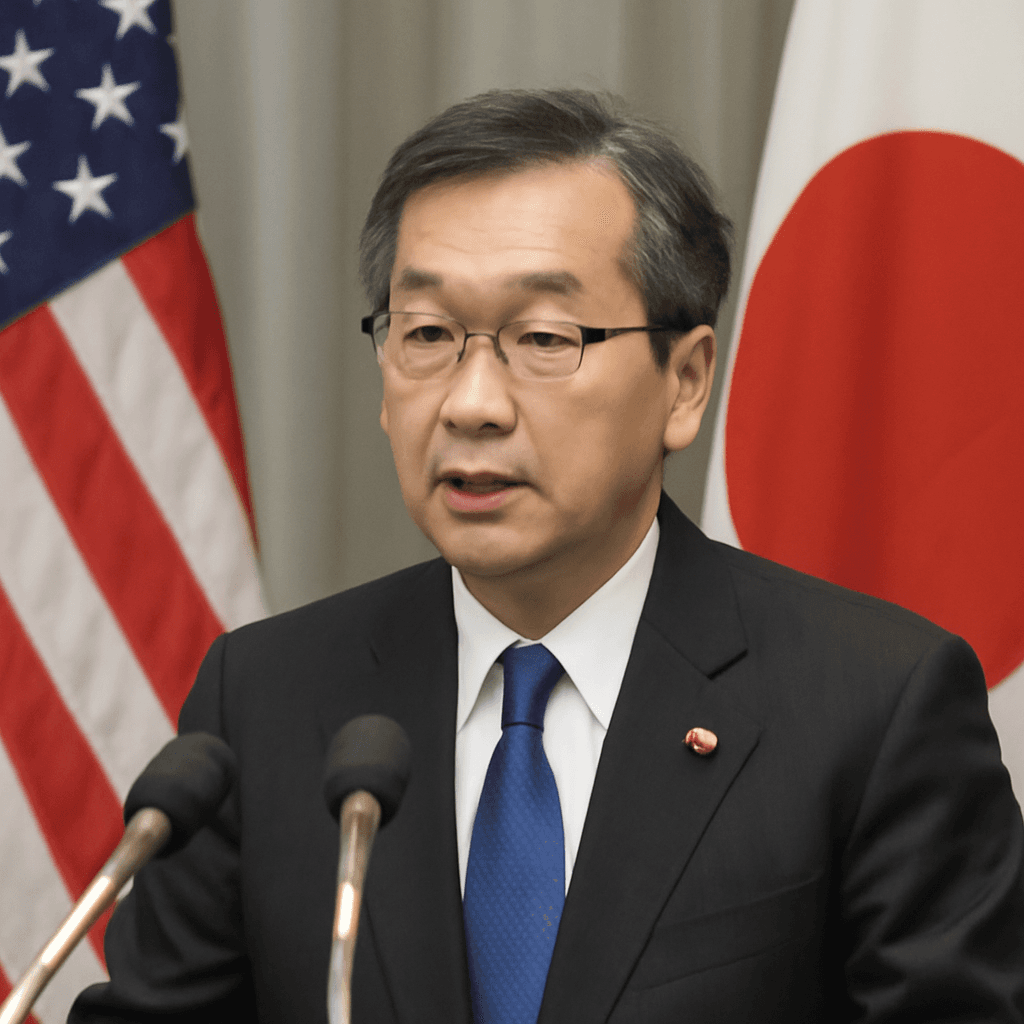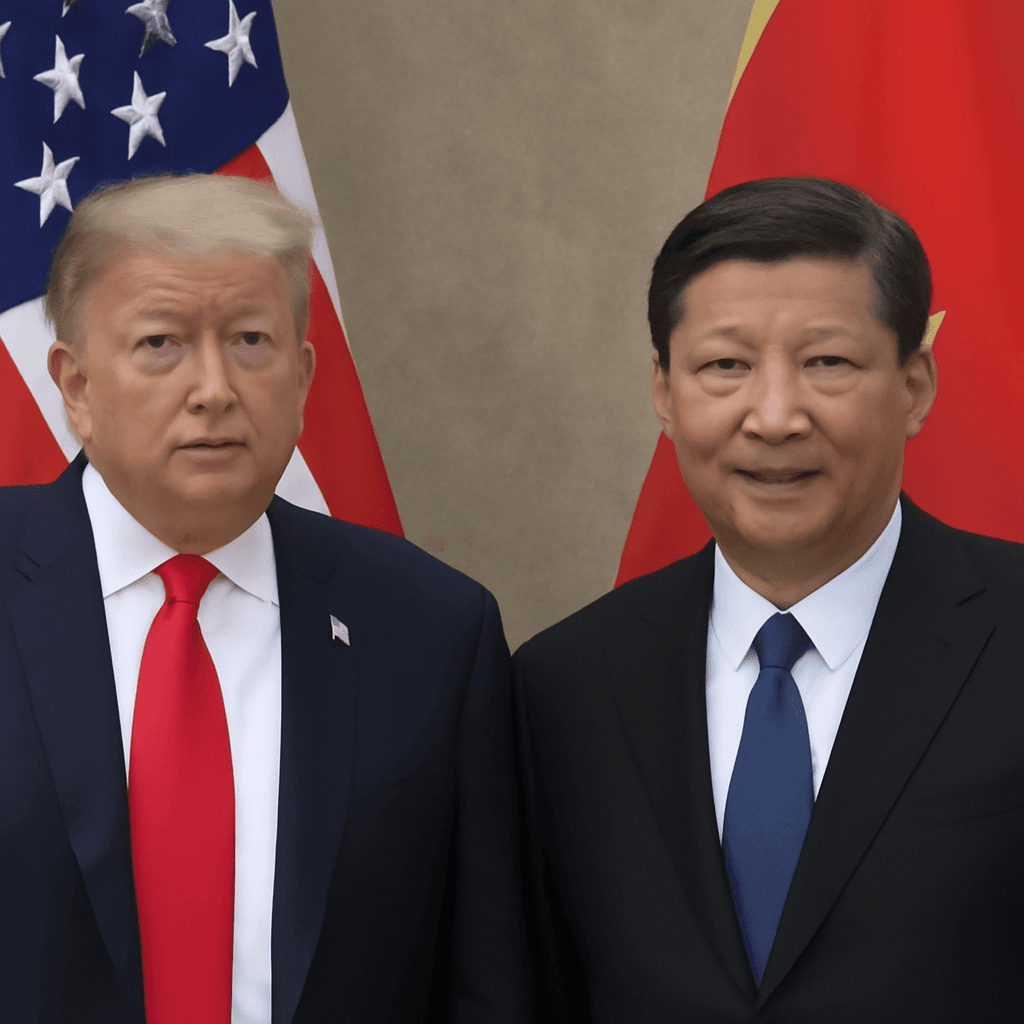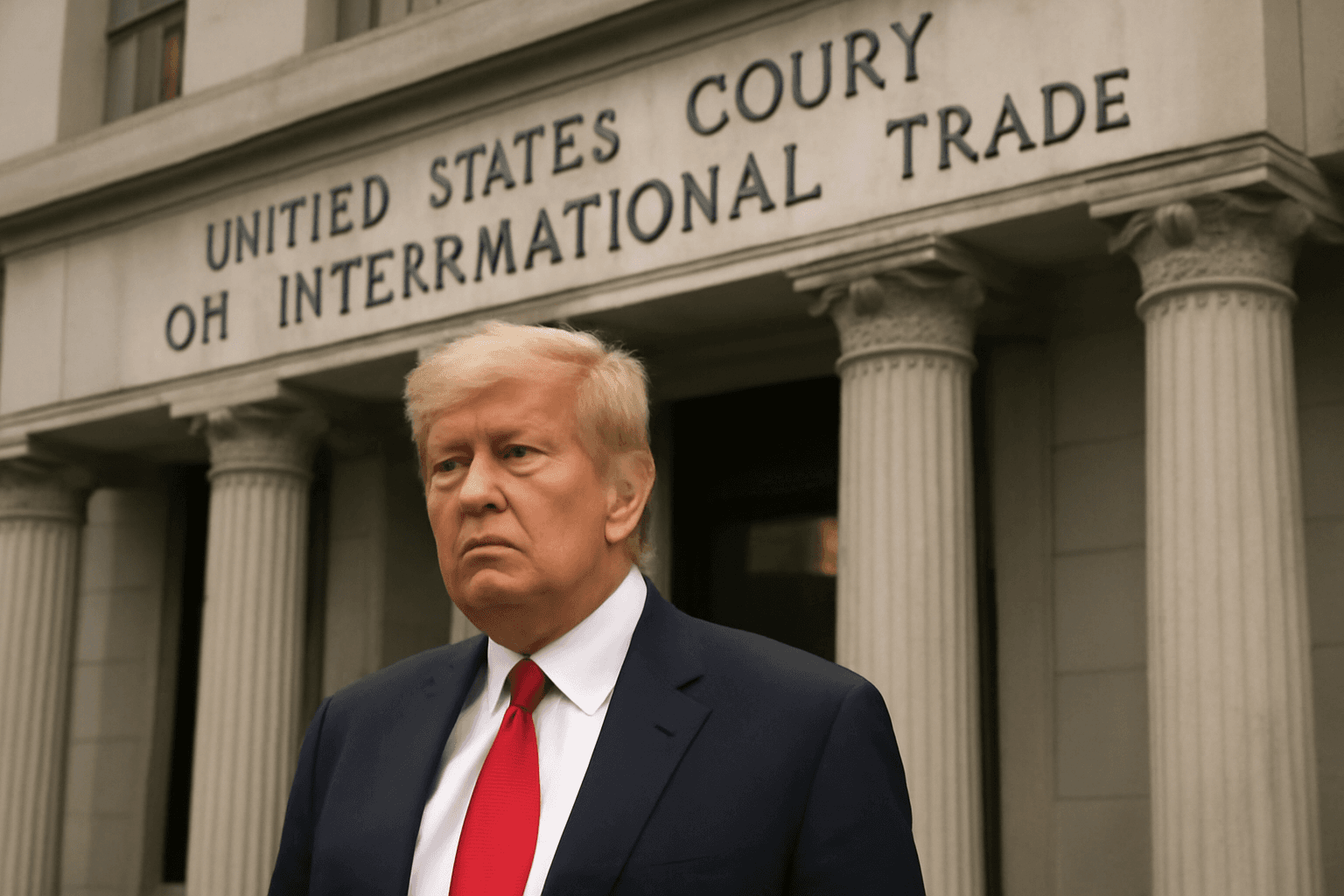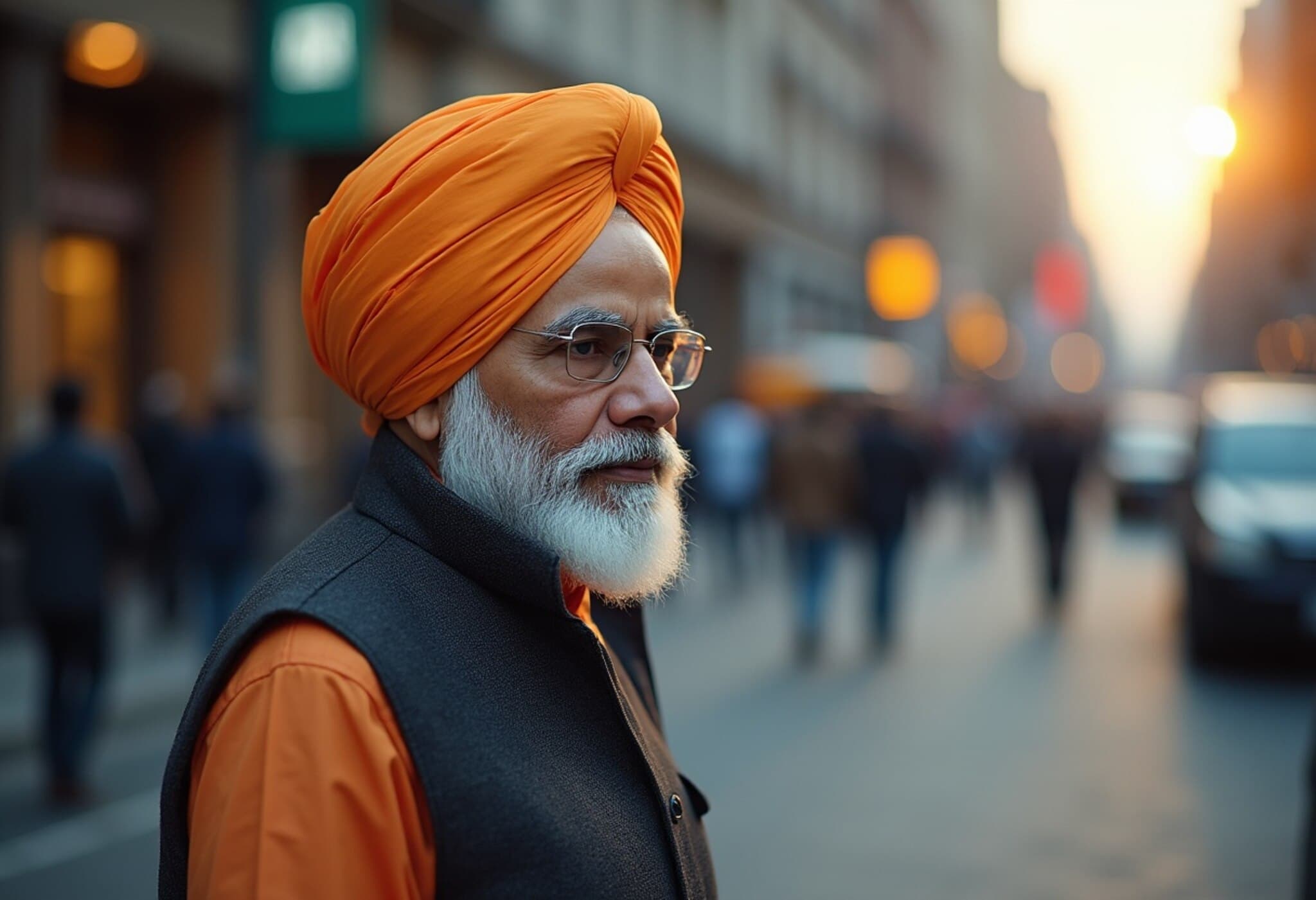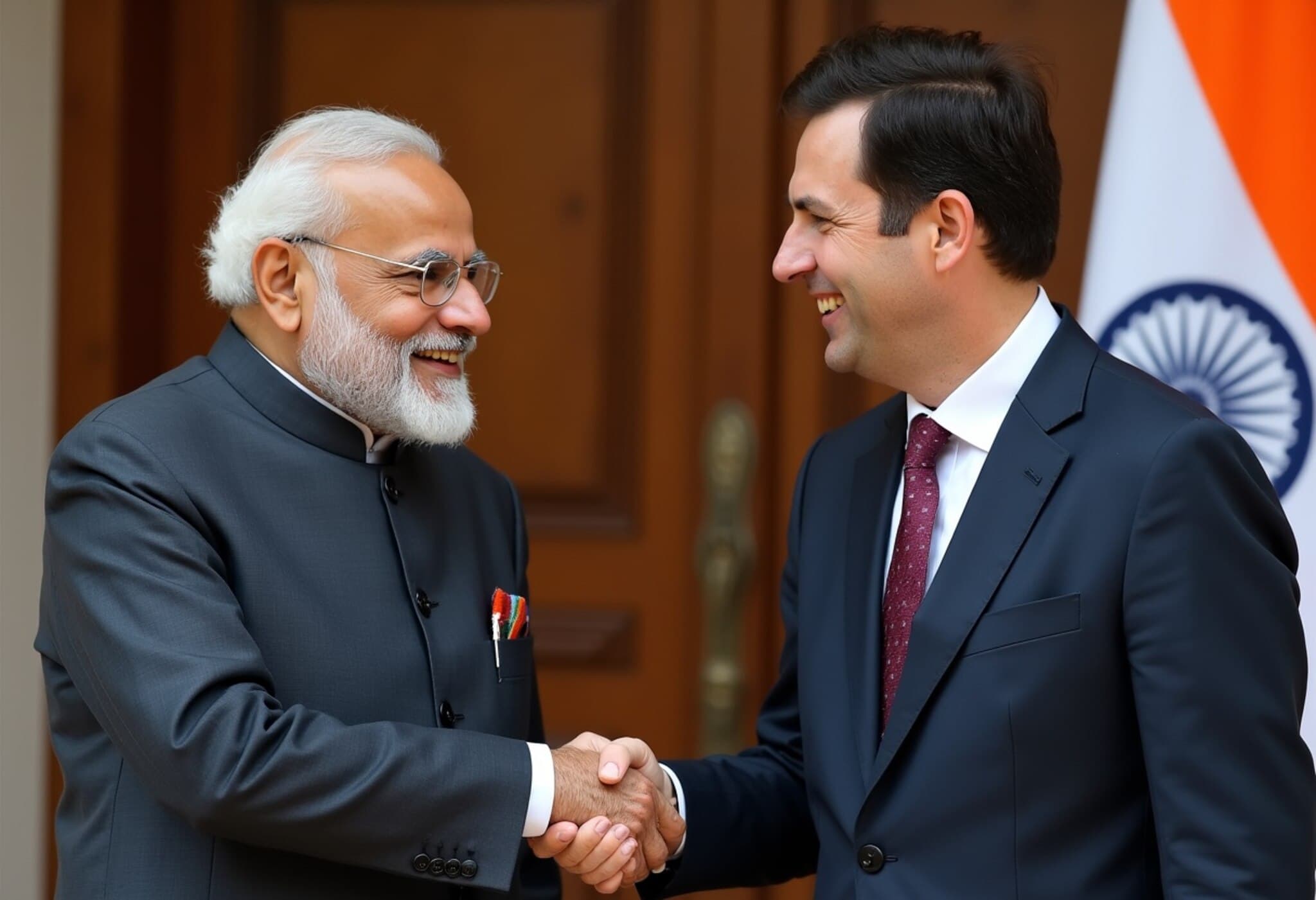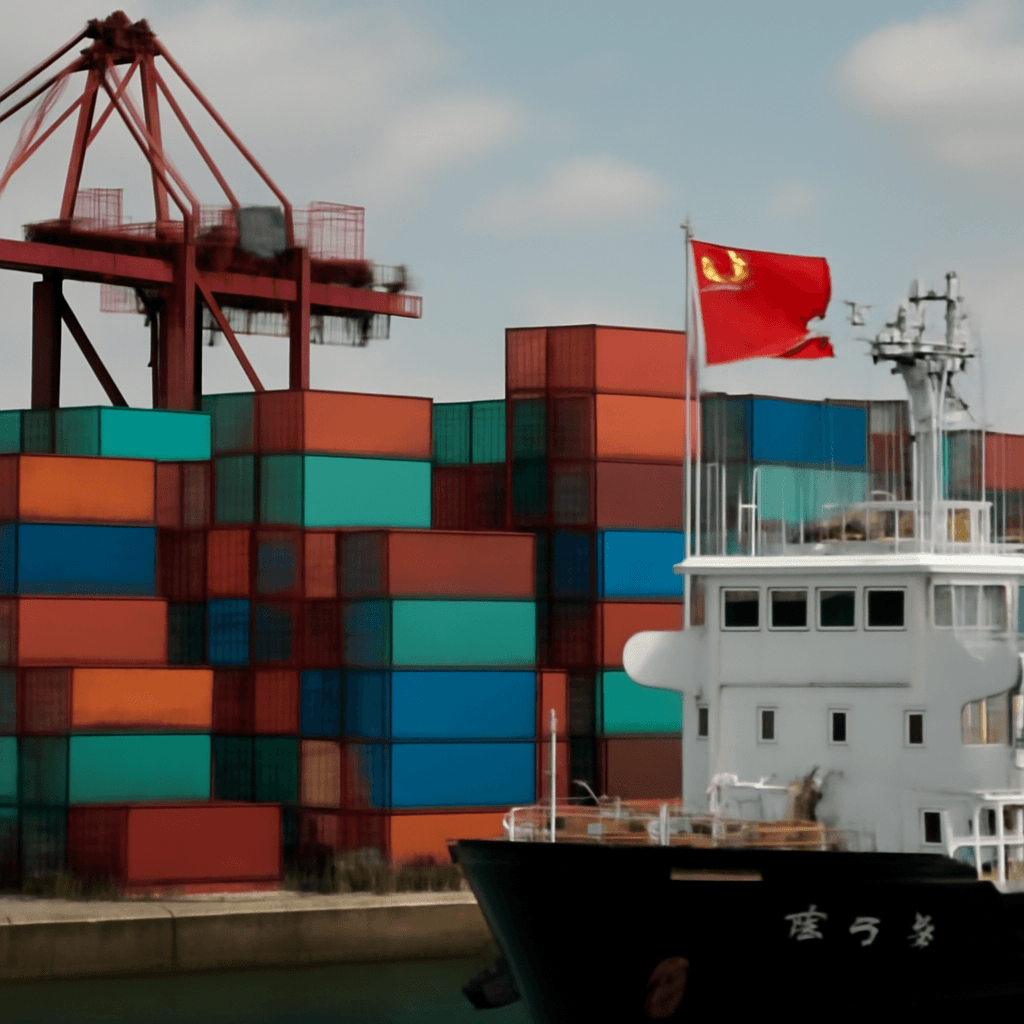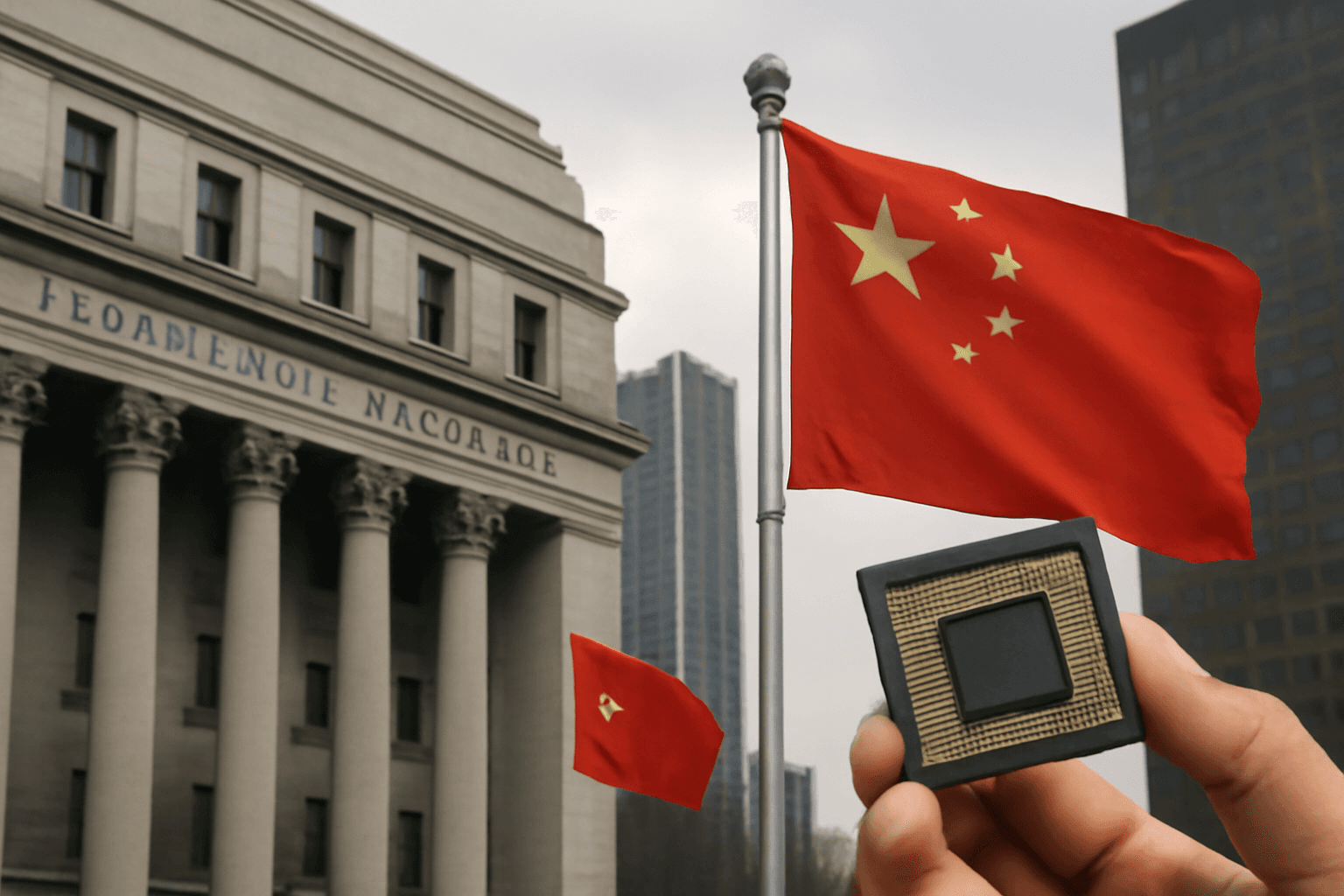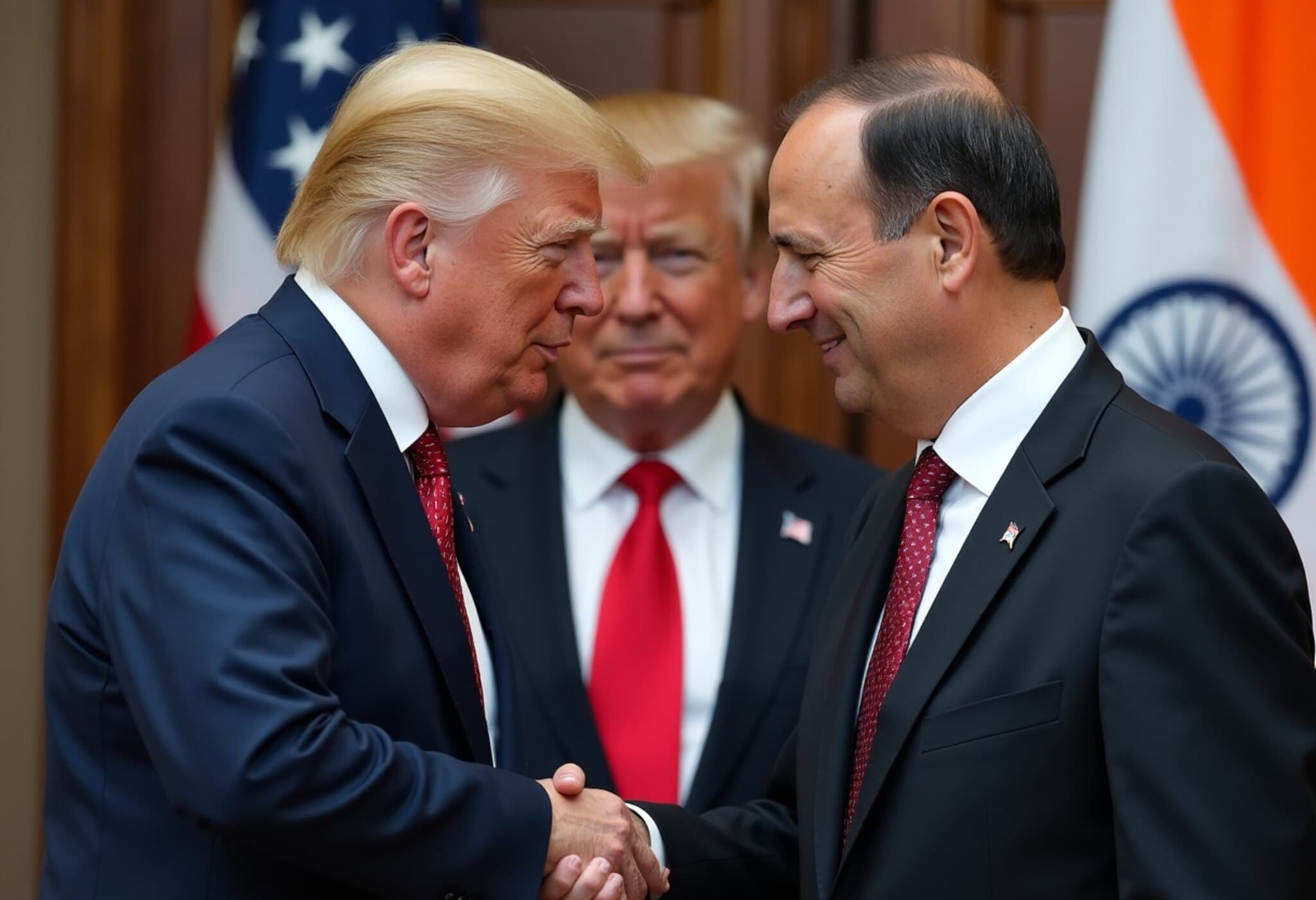India Faces Stark Challenge as U.S. Doubles Tariffs to 50%
In a dramatic escalation of trade tensions, the United States government under President Donald Trump has imposed steep new tariffs doubling duties on Indian goods to 50%. This move, primarily aimed at penalizing India’s purchase of Russian oil, is expected to take effect within 21 days, compounding an existing 25% tariff and threatening to upend a $434 billion export powerhouse.
India’s Export Landscape and Economic Stakes
India’s export economy, fueled significantly by American demand, finds itself at an inflection point. The U.S. remains India’s single largest export destination, absorbing nearly 20%—or roughly $86.5 billion—of Indian goods for the fiscal year ended March 2025. This trade relationship underpins a critical 2% slice of India’s GDP, making the tariff hike not just a trade irritant but a consequential economic stressor.
Economists such as Shilan Shah of Capital Economics caution that the newly imposed tariffs risk eroding India’s positioning as a vibrant manufacturing hub. Shah forecasts that instead of the anticipated robust 7% economic growth, India may hover closer to 6% as the tariffs take their toll. Goldman Sachs adds weight to the concern by estimating a 0.6 percentage point GDP drag solely from this tariff increase.
Sectoral Winners and Losers: Who Bears the Brunt?
1. Engineering Goods: The crown jewel of India’s export basket, engineering goods—including auto parts, industrial machinery, and power equipment—totaled nearly $117 billion globally last year. About 16% of this, valued at over $19 billion, was shipped to the U.S. Already battling a 50% tariff on steel, this expanded duty threatens to stifle competitiveness and innovation within this vital sector.
2. Gems, Jewelry, Textiles & Apparel: These sectors are not just economic linchpins but social lifelines. The gems and jewelry industry contributes about 7% to India’s GDP and employs approximately 5 million workers. The textiles industry is even more expansive, directly employing around 45 million people nationwide. With one-third of their exports destined for the U.S., these communities now face serious uncertainty and potential job losses as tariffs erode price advantages. Industry leaders urge swift government intervention and support to mitigate the fallout.
3. Electronics: India has surged forward to become the top exporter of smartphones to the U.S., even surpassing China in the second quarter of 2025. This success comes amid partial tariff exemptions granted in April but hangs by a thread as the possibility of tariff rollbacks looms. Electronics account for 38% of India’s exports to the U.S., making this sector particularly vulnerable to policy shifts.
4. Pharmaceuticals: Representing a critical pillar, pharma exports to the U.S. crossed $10.5 billion last year, comprising 35% of India’s total pharmaceuticals shipments. While currently exempt, President Trump has threatened tariffs of up to 250%, sending ripples through this strategically vital industry which also impacts global healthcare supply chains.
Strategic Implications and Competitive Pressures
India’s exposure to the U.S. market is deep and multifaceted, contrasting with the U.S.’s ability to vet alternative suppliers more flexibly. Michael Wan, Senior Economist at MUFG Bank, highlights that India contends with heightened competition:
- Europe in pharmaceuticals
- Vietnam and Mexico in electronics
- Cambodia, Sri Lanka, Bangladesh, and Vietnam in textiles
- Israel in gems and jewelry
Notably, several Asian countries—such as Vietnam and Bangladesh—have secured tariff reductions from the U.S., creating a widening gap in cost competitiveness that could erode India's market share over time.
The Question of U.S. Trade Strategy
From a broader perspective, these tariff hikes raise important questions about the sustainability of longstanding trade partnerships between two large democracies and strategic allies. While the United States seeks to counterbalance its geopolitical concerns, the abrupt tariff imposition also risks undermining the economic dynamism vital for both nations’ growth.
Looking Forward: Navigating Uncertainty
For India's exporters, the path forward is fraught with uncertainty. The sectors most affected must adapt quickly through innovation, price recalibration, and policy advocacy. Meanwhile, the Indian government faces the challenge of negotiating trade terms that can restore confidence and support affected industries and millions of workers.
This episode underscores the delicate balance between economic interdependence and geopolitical strategy in the 21st century’s global trade landscape.
Editor’s Note
The doubling of U.S. tariffs on Indian goods shines a spotlight on the fragile interplay of trade policy and economic growth. It beckons policymakers, businesses, and observers alike to question how resilient international partnerships are amidst shifting geopolitical priorities. Will India manage to diversify its export markets and innovate its way out of dependency? How will this influence the global supply chain realignments, especially in technology and pharmaceuticals? These questions remain critical to watch as the situation evolves.


